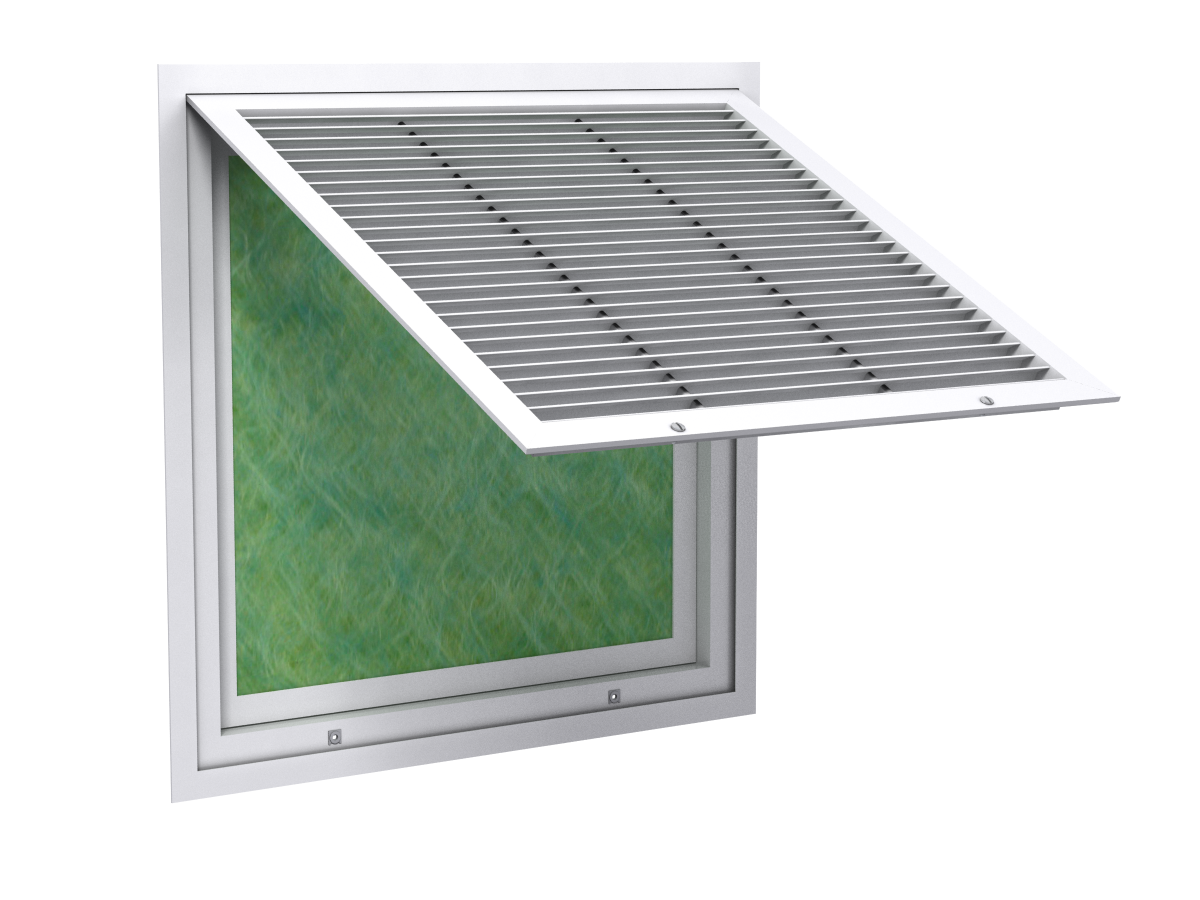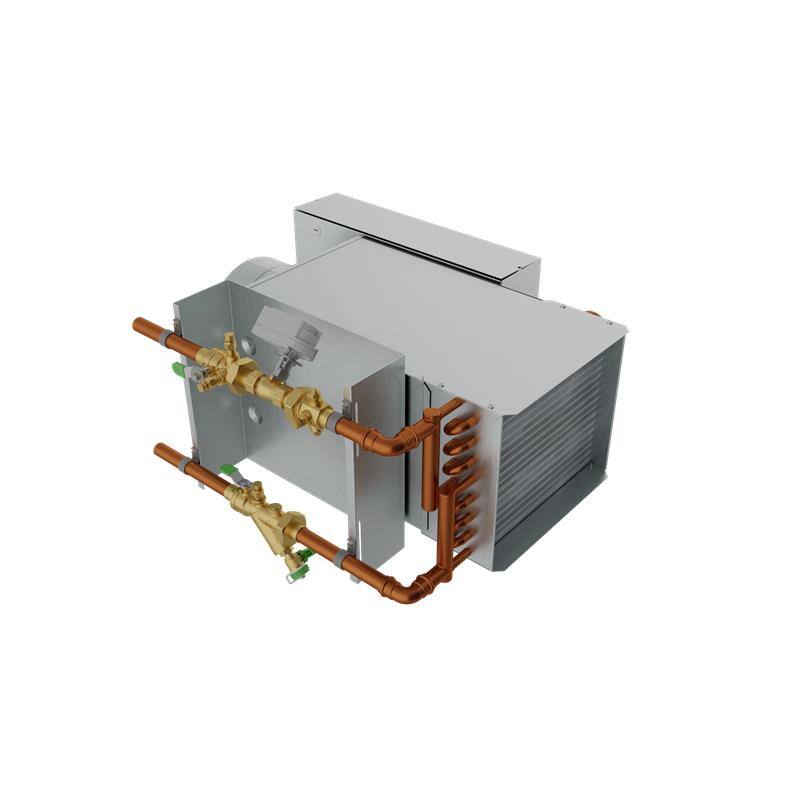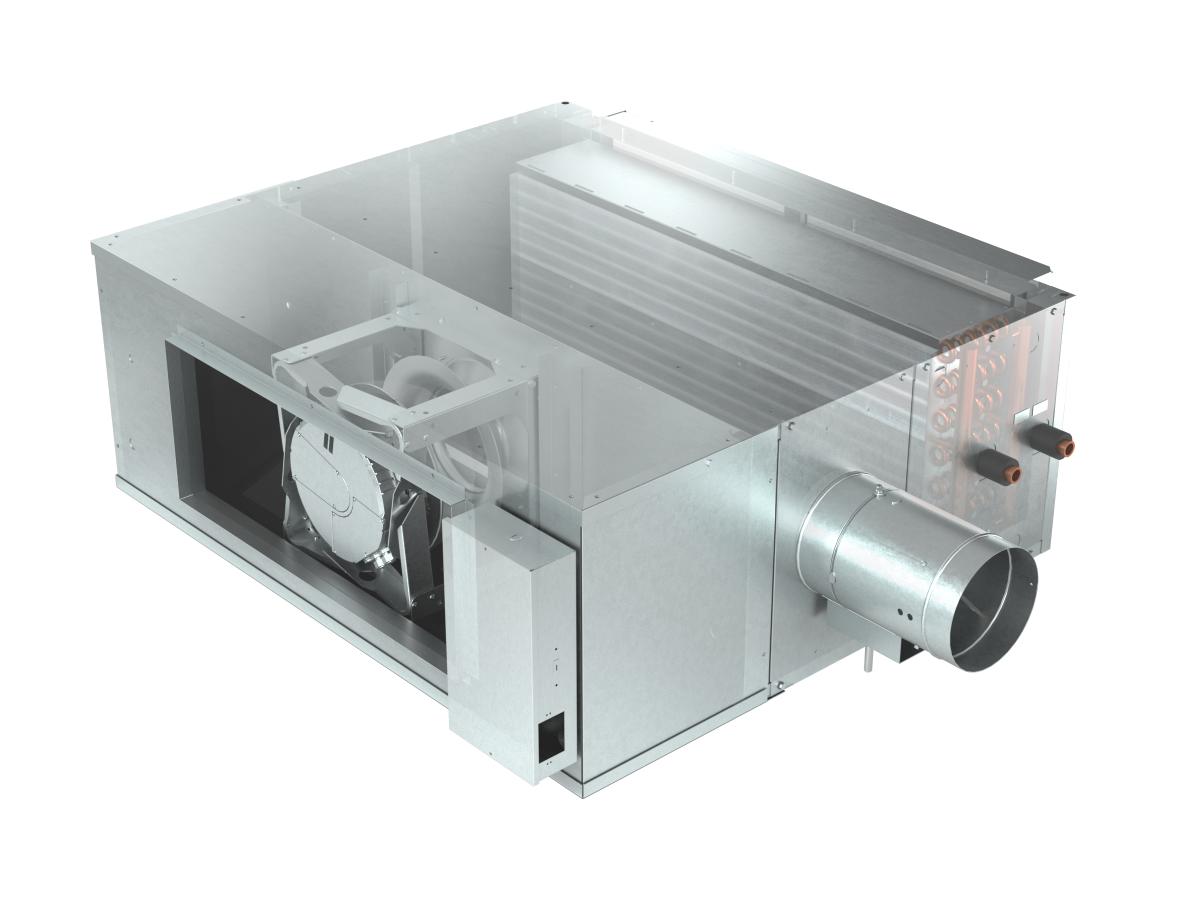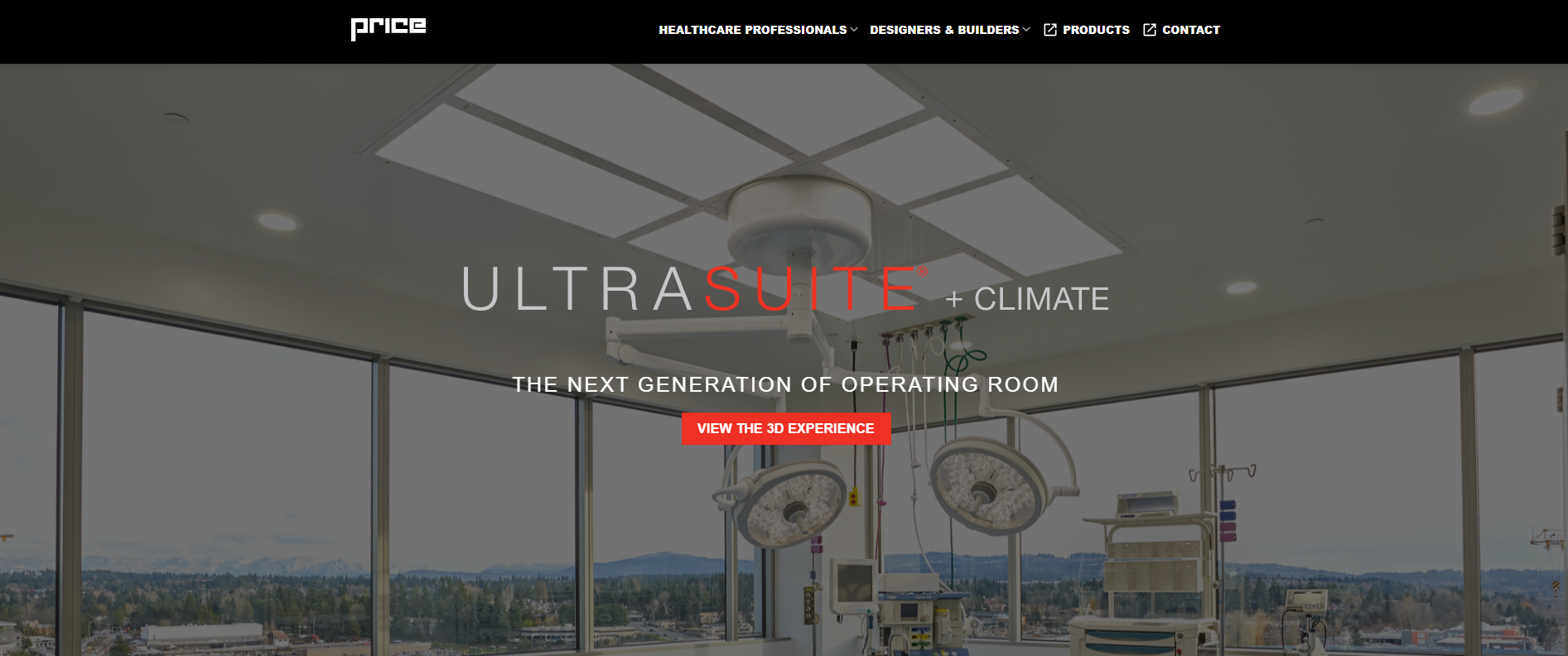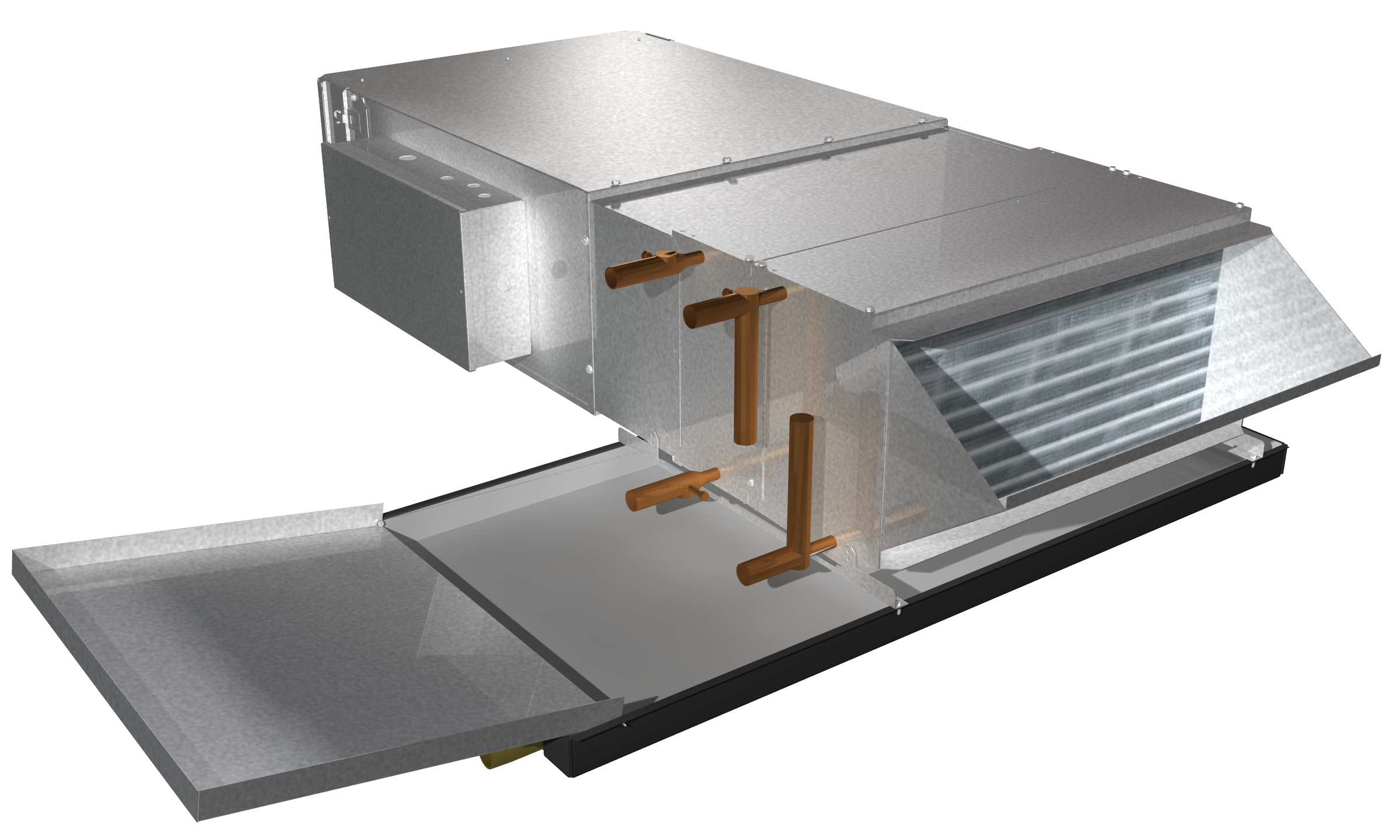Expertly Designed With Simplicity in Mind
Filter frame grilles are an elegant solution for providing filtration on the return-air side of your air distribution system. Return grilles supplied with a filter frame make it easy to access filter media from the room side using face-operable latches.
Read More
Topics:
GRD,
Grilles,
HVAC Fundamentals,
HVAC,
Engineering,
Design Engineering,
Filtration
Saving Labor and Simplifying Coordination in the Field
Price Industries is proud to be a Gold Associate Member of the Sheet Metal and Air Conditioning Contractors’ National Association (SMACNA). In our SMACNA Highlight blog series, we’ll be featuring news, tips and tricks tailored to the skilled contractors who install, coordinate and deliver HVAC systems across North America.
Read More
Topics:
Terminals,
Fan Coils,
HVAC,
Contractors
Missed Our Latest Webinar? We’ve Got You Covered!
“Register Now! Engineering Webinar from Price Industries”
It’s everyone’s favorite subject line – another opportunity to deepen your HVAC knowledge and collect a PDH credit, free of charge.
Read More
Topics:
Fan Coils,
Thermal Comfort,
HVAC Fundamentals,
HVAC,
Engineering,
Design Engineering,
Filtration
Explore PriceUltrasuite.com to See Ultrasuite +Climate in Action
What if you could move through a fully functioning operating room and explore how it goes above and beyond current air distribution minimums without ever stepping foot in a hospital?
Now you can.
Read More
Topics:
Diffusers,
Fan Coils,
Controls,
Thermal Comfort,
HVAC,
Engineering,
Design Engineering,
Critical Environments,
Lighting,
ASHRAE 170
Where Comfort Control Meets Quiet Efficiency
When it comes to maintaining occupant comfort in buildings with many individual rooms – such as hotels, healthcare buildings, dormitories and office spaces – horizontal fan coil units are behind-the-scenes heroes. They deliver individualized temperature control while staying out of sight and out of mind. Compact and quiet, these units are usually installed above ceilings, making them ideal for spaces where floor area is limited but where comfort can’t be compromised.
Read More
Topics:
Fan Coils,
Condensate,
Thermal Comfort,
HVAC Fundamentals,
HVAC,
Engineering,
Design Engineering


